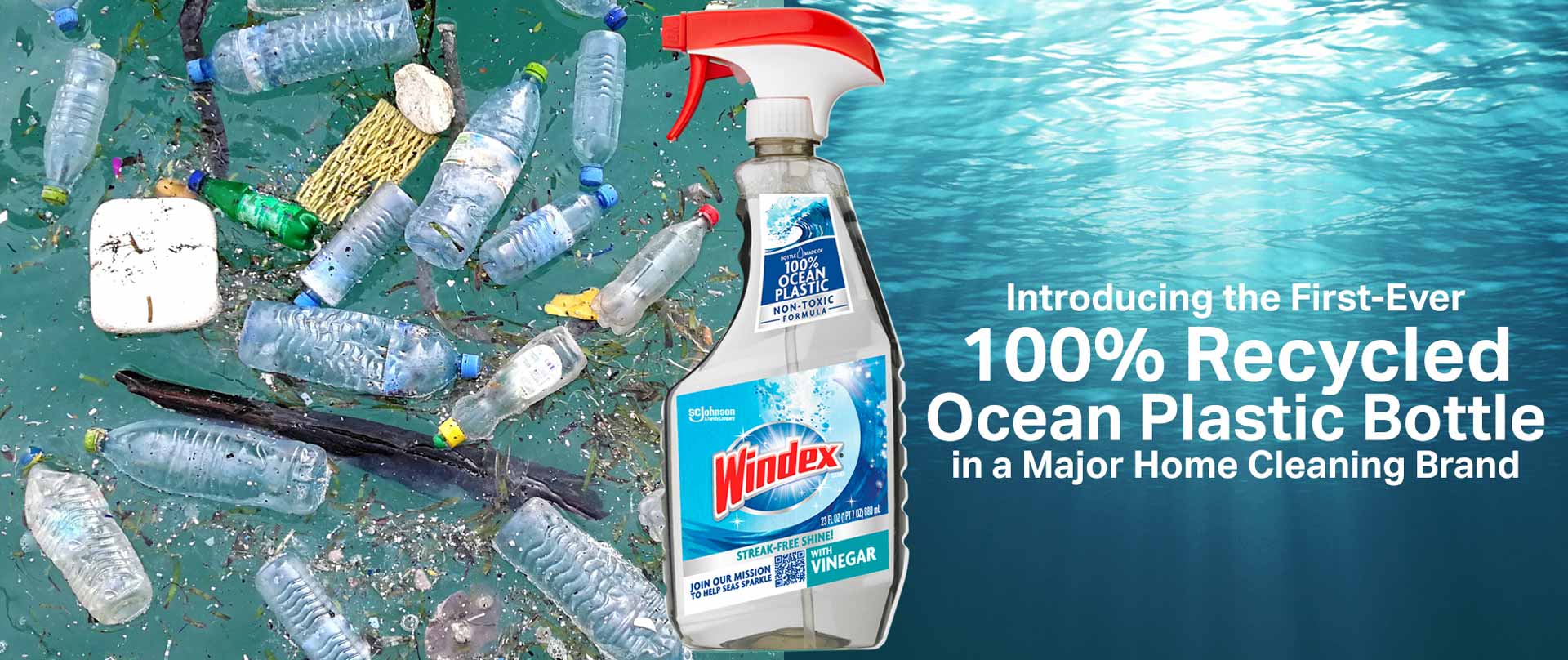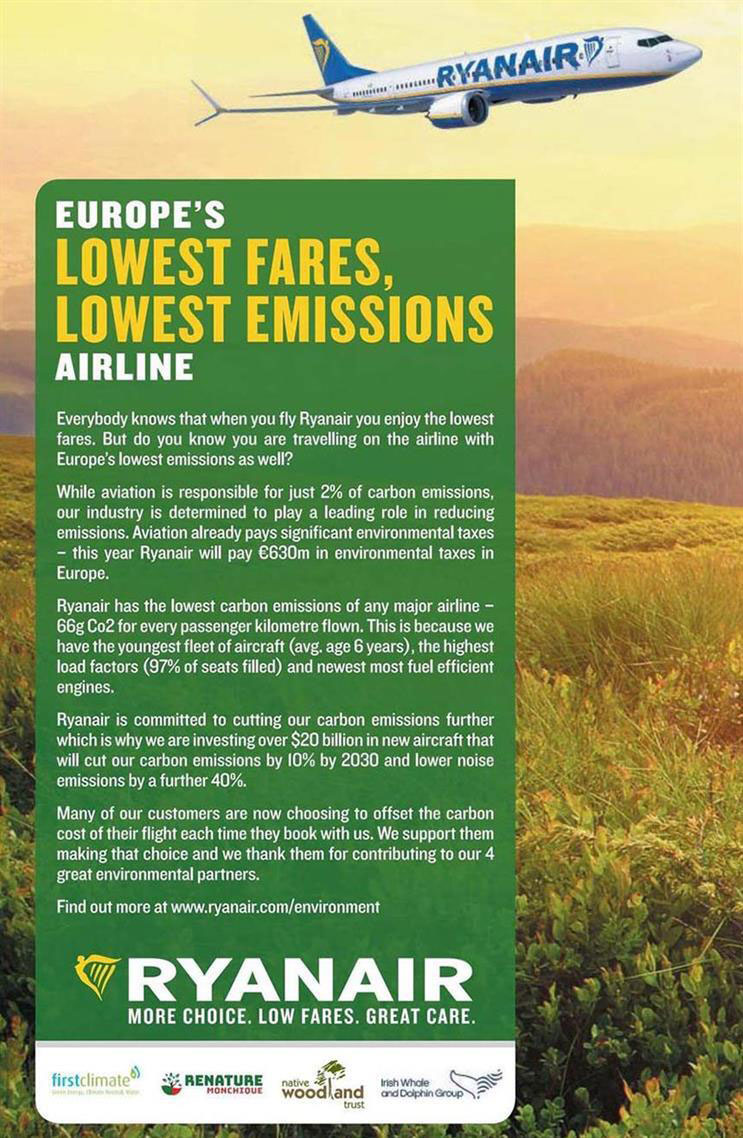How to avoid greenwashing in communication?
Share this article

Brands that want to emphasize their environmental efforts can quickly fall into the greenwashing trap. What can you do about that? There are at least five good practices you should follow to avoid greenwashing in communication.
If you don’t want to expose your brand to accusations of greenwashing, you have to be careful! In this article, we want to give you some practical tips that you can implement when informing your audience about your company’s pro-environmental efforts. Follow them, and you don’t have to worry about greenwashing accusations.
For each best practice, we have an actual example of a mistake that some of the well-known brands have made in the past. Some of them may have resulted from deliberate actions, but some resulted simply from an unfortunate communication choice.
It is good to learn from mistakes, but it is even better to learn from the mistakes of other companies. So, let’s have a look at what greenwashing-like communications brands have used and how you can avoid such misunderstandings with your audience.
Pandemic made sustainability needed much more than eve before. Learn more about sustainability after pandemic.
Greenwashing, or “eco-washing,” is a marketing method of making an ecological argument to communicate with the public and give oneself an eco-responsible image, but one that is simply not true. Therefore, it is a deceptive practice, considered false advertising.
Greenwashing can be expressed in various forms and through different communication channels. For example, it can take the form of:
If your company takes pride in its environmental efforts, you will surely want to communicate them, especially if you are a pioneer in certain practices. However, using vague vocabulary or not having evidence to back up your declarations makes it easy to fall victim to greenwashing. What can you do about that?
Learning how to avoid greenwashing is not everything. Find out also about why inclusive communication matters.
There are several specific techniques that you should adopt in your communications if you care about responsible and ethical work and if you don’t want to repeat the mistakes of some global brands.
Lying is the worst practice (not only in terms of greenwashing) that a brand can commit when communicating with its audience. Sometimes it is due to omission and inaccurate verification of published information. Still, the result is always the same: The brand has lied to its customers, sharing false or unverified information, and that has a clear detrimental impact on the way it is now perceived.
There is no excuse for lying. If you go down that path, you will shortly lose the hard-built trust of your customers. Rebuilding that trust is challenging to say the least. Be honest about your approach, explain your actions concerning the environment and don’t omit elements where you are not yet on top and striving to improve.
Example:
SC Johnson has committed many lies (conscious or not) about eco-initiatives throughout 2019 and 2020. For example, the company was claiming to make its bottles for Windex brand products from 100% ocean plastic, but that was never verified. The company tried to defend itself against the allegations by saying that plastic would have ended up in the ocean if the company had not used it in its bottles. You can assume that this was just an unfortunate communication, but recipients still felt that they had been deceived. Moreover, the same company assured the public of the non-toxicity of Windex products, which was also untrue. That has been legally contested. In 2020, a class action lawsuit was filed against SC Johnson, arguing that Windex products contained ingredients harmful to humans, animals, and the environment.
Source: https://www.recyclingtoday.com/article/sc-johnson-launches-windex-bottle-made-with-ocean-bound-plastics/
Green or blue is often associated with what is natural and, therefore, suitable for the planet. As a result, these two colours are sometimes overused by brands to convey their “green message”. In other words, brands are greening their image on purpose. So be careful what packaging and brand identity you use for your products. Especially be mindful of the colour labels or tags that you choose. Colours are worth watching out for, not only for product labelling but also in other communication channels. Avoid excessive use of these colours on your website, social media posts, and blog articles. Your audience may use green or blue as a message about your brand’s green practices, and if this is not the case, you could accidentally fall victim to greenwashing.
Find out more about greenwashing in the fashion industry.
Example
By using the green colour, H&M committed greenwashing. Customers of the well-known apparel brand were happy to purchase clothes in 2019 with a green label, further reinforced by the use of the slogan “Conscious.” In reality, however, it turned out that H&M’s actions were far from eco-friendly, and by using the green colour to label some collections, they misled the public. H&M is one of several fashion companies contributing to the textile waste caused by the clothing industry. The green clothing line titled “Conscious” was just misleading customers.
Find out more about greenwashing in the fashion industry.
Source: https://www.purposefulfit.com
Companies that want to promote themselves often take advantage of their audiences’ increasing eco-consciousness by sending messages or declarations that they cannot confirm or prove. These are just empty slogans and pure greenwashing. If you care about the transparency of your communications, avoid making hollow promises or labelling your products with numbers or percentage values for which you have no proof. Any statement your brand makes about sustainability and environmental friendliness should be provable.
Example:
Many companies make various promises or declarations in their communications that have nothing to do with the truth. One of them turned out to be the airline company Ryanair, which in early 2020 described itself as the “lowest-emission airline” in Europe. Unfortunately, this was false, so the Advertising Standards Agency immediately banned Ryanair from advertising using this slogan.
Source: https://www.campaignlive.com/article/ryanair-ads-banned-lowest-emissions-claim/1673038
Greenwashing can distract customers from the environmental impact of a company’s overall operations. That can be seen, among other things, in cosmetics, where manufacturers often state on the packaging that the product does not contain parabens or silicone. This practice diverts attention from the fact that other ingredients in these products are also harmful to the environment. In addition, if you employ this practice, your brand’s audience may feel manipulated and unsure whether they support the transition to a low-carbon economy using your products. Instead of manipulation, choose transparency and honesty in your communication with your audience.
Example:
In 2018, Starbucks proudly boasted about its next step on the road to sustainability – the launch of a “straw-less lid.” However, it turned out this was greenwashing to distract audiences, as this lid contained more plastic than their previous lids and straws.
Source: https://www.greenthatlife.com
Be careful about the vocabulary you use. Some terms, such as “eco-responsible,” “green,” or the viral “impact,” can mean everything and nothing at the same time. For example, there is a huge gap between saying that a product offers “less impact on the environment” or that it’s “green,” even though they seem to mean the same thing. Using them is allowed, of course, but you should know what message you want to convey to your audience with such communication. Advertising aims to get a piece of simple and powerful news, so it is essential to work on terminology to avoid misleading the consumer.
Example:
In 2022, Unilever’s cleaning brand Persil decided to convince its customers that the company is becoming more conscious and concerned about the state of the environment. To this end, they released an ad with the slogan ‘Dirt is Good,’ but the Advertising Standards Agency banned it because it contained the meaningless phrase that Persil products are “kinder on the planet.”
At the moment, positioning yourself as an environmentally responsible company is very effective and generates audience interest. Conducting a more ethical business and taking initiatives for the planet can give your brand a really good image. If you take green actions, you will want to communicate this. To avoid accusations of greenwashing in communication, you should think carefully about your communications strategy and, most importantly, ensure consistency between your messages and your actions. Now that you know basic best practices, you can implement appropriate marketing strategies to avoid any “green slip-ups”.
Learn more about Admind’s approach to social impact and role of social impact manager in our company.



